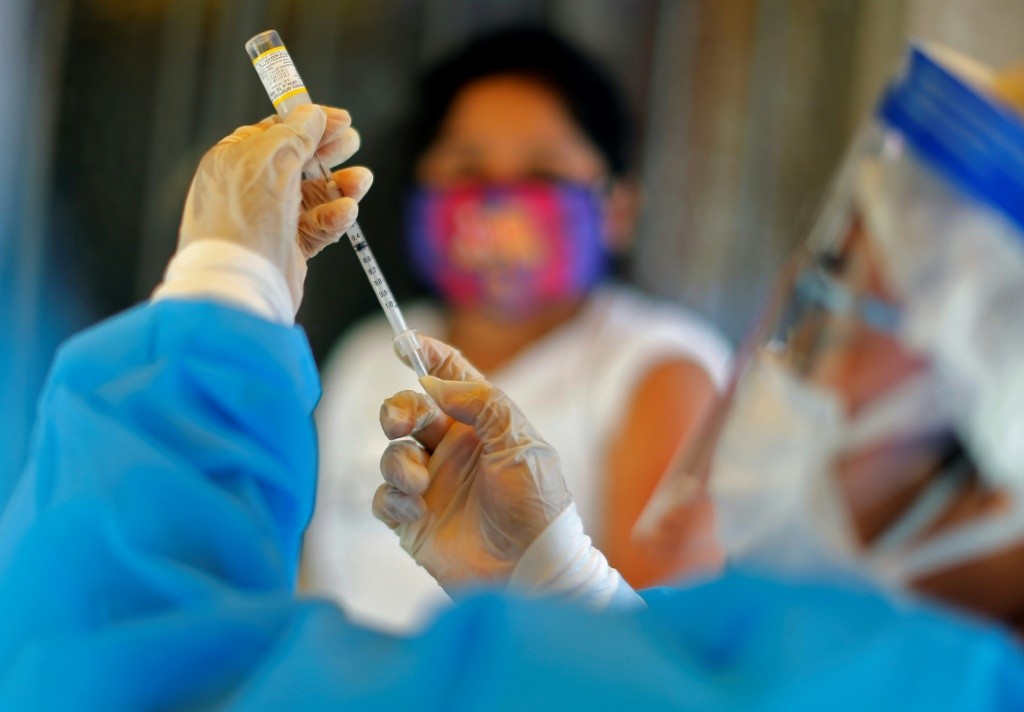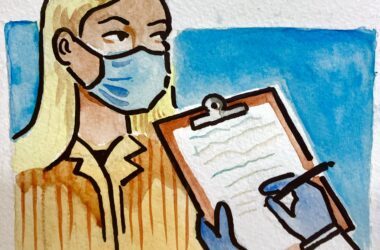Vaccination is arguably the most successful public health tool ever developed, virtually eliminating diseases like smallpox and polio from the viral landscape. The current COVID-19 public health crisis has pushed vaccine research efforts into overdrive, as scientists race to find multiple different formulas to grant the world immunity. However, the worldwide eradication of COVID-19 will depend on the accessibility of these vaccines, as well as public trust in their safety and necessity.
A recent McGill study published in the aptly named scientific journal Vaccine detailed the wide variation in vaccination policy across 193 different countries. Notably, only 52 per cent of countries have a mandatory vaccination policy. Of the countries that do have vaccine mandates, only 59 per cent penalize those who do not comply.
Nicole Basta, associate professor in McGill’s Department of Epidemiology and senior author of the paper, says that vaccination policies must be re-examined in the context of COVID-19.
“Achieving and maintaining high vaccination coverage globally is of critical importance, now more than ever,” Basta wrote in an email to The McGill Tribune. “We have vaccines to prevent many other diseases, yet vaccine uptake is not high enough to prevent outbreaks in many countries.”
Most traditional vaccinations coerce the immune system to produce antibodies against a dead or weakened form of a given virus. When an individual encounters that pathogen later on, the body is already equipped with the tools to fight back. Yet, there are other types of vaccine formulations, including “protein subunit,” that expose the immune system to a protein fragment instead of a whole-cell virus.
Vaccine hesitancy, which forms the ideology of the “anti vaxxer” movement, has been ranked as a top 10 global health threat by the World Health Organization. Far-right conspiracy theories, a lack of health education, and dismal rates of scientific literacy have led to a rise in skepticism of vaccine safety. These shortfalls in public education have real consequences. In 2019, Europe experienced an alarming surge in measles cases related to the growing influence of anti-vaxxer sentiment.
“It is important to determine if and to what degree incentivizing, disincentivizing, or a combination of both tactics leads to higher vaccination coverage and greater trust in vaccines,” Katie Gravagna, lead author of the study, wrote in an email to the Tribune.
Penalties for not vaccinating children can range from small fines to, at worst, surrendering parental custody. Further research must determine what kinds of penalties—harsh or lenient, financial or educational—are most effective for increasing compliance with public vaccination programs.
The study delves into non-compliance penalties and the differences in their severity throughout the world. Offenders in Brazil and Argentina are subject to $1,000 fines, the harshest in South America. It is not a coincidence that these countries lead the continent in immunization rates for measles and rubella.
Despite governmental efforts, access to vaccines remains constrained for poor and marginalized communities who have been hit harder by the COVID-19 pandemic. For example, Australia’s “No Jab, No Pay” law rules that tax benefits can be withheld from families who have not vaccinated their children. Meant to target vaccine-hesitant people, this mandate puts economic stress on migrant and low-income families while only minimally promoting vaccinations.
“Many countries have achieved high vaccine uptake with mandates in place, and many have achieved high uptake without the implementation of mandatory vaccination policies,” Basta wrote.
Indeed, punishing offenders is not the only way to increase vaccination rates—countries such as Canada and Bangladesh maintain a high rate of uptake in the population without penalties, but rather through increased access and education.
Research on vaccination policy will help the scientific community gain a better understanding of what vaccination infrastructure is lacking in different countries. When a COVID-19 vaccine is ready for distribution—whenever that may be—studying the best ways to ensure a high rate of uptake will be crucial to safeguarding global public health.










